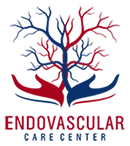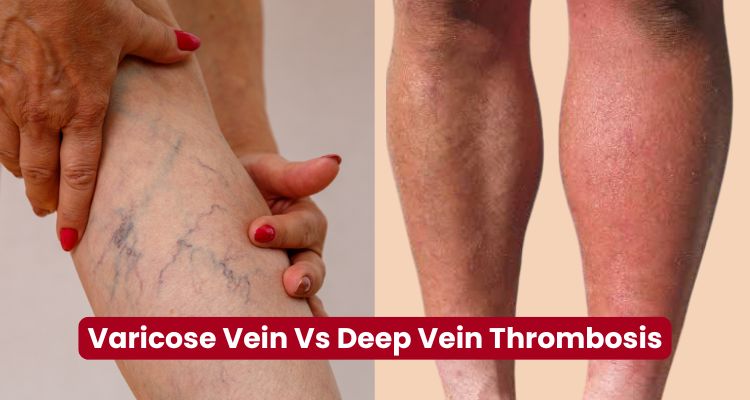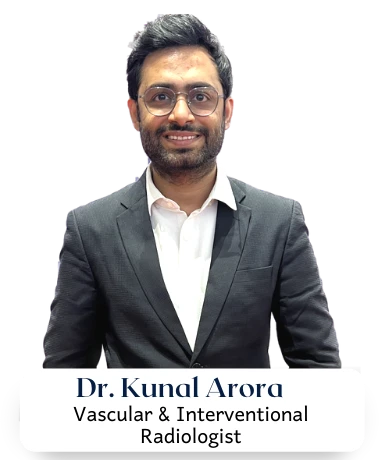The vein-related conditions make an individual feel discomfort, notice visible changes, and go through serious health risks in some cases. Varicose veins and Deep Vein Thrombosis (DVT) are two such common conditions that most people tend to confuse. In general, both of them typically affect the veins in the leg. But their causes, symptoms, and severity are factors that make them different.
Simply the difference between varicose veins and deep vein thrombosis is more. To receive the right treatment and the best care at the earliest, one must be aware of these conditions. So, keep reading this blog to learn the differences.
About Varicose Veins:
Twisted veins, also known as varicose veins, are most frequently found in the legs and feet. They develop when the veins’ internal valves weaken. This makes the blood pool instead of flowing freely to the heart.
As a result, the veins enlarge and become noticeable. This is referred to as blood clot or varicose veins. They may look like twisted cords just under the skin. Moreover, those veins look blue or dark purple in colour. Some people may not experience any pain or discomfort, but others may, especially after standing for a long time. If you notice any of these changes in your body, don’t wait. Getting a proper varicose veins diagnosis and treatment is highly recommended!
Symptoms of Varicose Vein:
- Legs can ache or feel particularly heavy
- Burning, muscle cramping, and swelling in the lower legs
- Pain may get worse after sitting and standing for a long time
- Itching can also occur near the affected veins
- Skin around the varicose veins may become discoloured
Causes of Varicose Vein:
- Naturally, ageing weakens vein valves, thus causing varicose veins.
- Women are at high risk due to frequent hormonal changes
- Heredity increases the risk of getting varicose veins
- Obesity puts additional strain on the veins
- Long-standing and sitting periods can increase vein pressure
Learning the difference between varicose vein pain vs blood clots is helpful in receiving the appropriate treatment.
How Varicose Vein Can Be Managed?
- Exercise regularly. This helps to improve circulation and relieve stress from the veins
- Maintain a healthy weight to minimize stress on leg veins
- Raise legs frequently to reduce swelling
- Avoid extended hours of sitting or standing to maintain blood circulation
- Use compression stockings to aid the movement of blood through the legs
- Sclerotherapy or foam sclerotherapy to close injured veins
- Laser or radiofrequency ablation to seal off the affected veins with heat
- Ambulatory phlebectomy, or vein stripping, involves surgical vein removal in severe cases.
- Surface laser treatments for small spider veins
- Drugs based on flavonoids are prescribed to maintain vein health
For effective results and quicker recovery, take advantage of advanced varicose veins treatment in Mumbai. With a personalised treatment plan and lifestyle changes, you can relieve the symptoms sooner.
About Deep Vein Thrombosis:
A blood clot in any of the deep veins in the body can cause deep vein thrombosis (DVT). However, it is mostly noticed in the legs. The affected area may swell, feel painful, or look red as a result of blockage in normal blood circulation.
The risk is when the clot breaks and goes to the lungs and forms a pulmonary embolism. That can be potentially fatal. Differentiating DVT leg swelling vs varicose veins, recognizing the related symptoms, and seeking proper medical consultation may lower the risk of severe DVT complications.
Symptoms of Deep Vein Thrombosis:
- Swelling in one leg or both legs at rare cases
- Pain or tenderness in the leg. It often starts in the calf
- Red or discoloured skin over the affected area
- A feeling of warmth in the leg
- In some cases, no visible symptoms at all
Causes of Deep Vein Thrombosis
- Sitting or lying down for long periods. This can be with extended travel or after surgery
- Damages to veins caused by injury or surgery lead to clots
- Diseases such as cancer, heart disease, and inflammatory disorders
- Genetic blood clot disorders inherited in families
- Hormone therapy or birth control pills that affect clotting
- Pregnancy can put pressure on veins in the legs and pelvis
- Being overweight puts more stress on the veins
- Smoking disrupts circulation and regular blood clotting
- Risk is enhanced by age, particularly after 60 years
How Deep Vein Thrombosis Can Be Managed?
- Blood thinners such as DOACs, warfarin, or heparin. This lessens the chance of new clots forming and existing ones swelling.
- Regular blood work to track the effectiveness of medications and adjust dosages as needed.
- A catheter is used to inject drugs that dissolve clots. This is done directly to clot the area (catheter-directed thrombolysis).
- Systemic thrombolysis using IV medication in some severe cases
- Catheter-based thrombectomy to physically remove the clot, sometimes along with thrombolytic drugs
- IVC filter placement to stop clots from reaching the lungs, especially in patients who cannot use blood thinners
- Compression stockings to lower swelling and reduce post-thrombotic syndrome risk
- Healthy weight and raising legs to relieve vein pressure
- Follow-up visits and imaging tests to monitor progress and detect any new drops
Wondering is varicose vein same as blood clot? They are not. Varicose veins are superficial problems, whereas clots such as DVT develop deeper and are dangerous if left untreated. Good news? With effective DVT treatment in Mumbai, you can avoid serious complications.
Final Words
And there you have the difference between DVT and varicose veins. Thus, you can notice the symptoms at the earliest and seek the right treatment at the right time without experiencing any potential risks.
Are you or your family member struggling with any of these conditions? Don’t worry! Meet Dr. Kunal Arora, a Vascular and Interventional Radiologist in Mumbai, trusted by hundreds of patients to get nonsurgical treatment for varicose veins, DVT, and more. All you have to do is visit him at the Endovascular Care Center, Mumbai. So, why wait? Get an appointment and treat yourself with advanced vein care!


